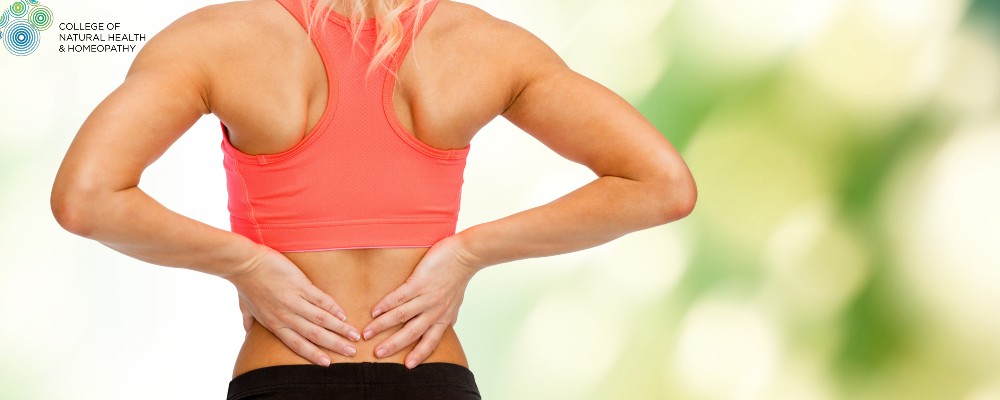Homeopathy Support for Sports Injuries

A growing number of professional athletes and weekend warriors are spelling relief H-O-M-E-O-P-A-T-H-Y. Although homeopathic remedies have a reputation for assisting people who are suffering from both acute and chronic diseases, these natural remedies are wonderfully effective in assisting with common sports injuries.
In fact, using homeopathic remedies for injuries is considerably easier than prescribing for common diseases because treatment for injuries does not require a high degree of individualizing of remedies that are typical in treating diseases. When two people have sprained ankles, they each need a similar homeopathic remedy to assist the body to heal, while two people suffering from arthritis generally require different remedies which are individualized to their unique pattern of symptoms.
Homeopathic remedies should be taken in conjunction with, not in replacement of, conventional first aid measures. Seek advice from your fully qualified homeopath and GP.
Single Remedies and Formulas
Homeopathic remedies are available as single remedies or as formulas of two or more remedies mixed together, also known as combination remedies. Formulas are a more user-friendly way to use homeopathic remedies since the indications for their use are extremely clear. The use of several remedies in the formula provides a more broad-spectrum effect not available in a single remedy. Because injuries sometimes involve muscle, nerve, and bone tissue, it sometimes makes sense to use formulas to help encourage the body to heal the various tissues involved.
Frequency of Dose
When taking homeopathic remedies it is recommended to take a few doses as necessary but as many as are required when experiencing pain. Always seek professional advice from your local fully qualified homeopath to ensure the right individualised support plan is put in place. At first, when there is the greatest amount of pain and discomfort, you may need to take the remedy every hour. Usually, after four doses, you can reduce the frequency to every other hour to a maximum of 6 doses depending on the potency and directions from your homeopath. As the intensity of pain diminishes, taking a dose every four hours is common.
If no improvement is noticeable after one or two days, it is not recommended to take further doses and to contact your fully qualified homeopath or GP for advice.
External Applications
Although most homeopathic remedies are in pill or drop form for internal consumption, there are a select number of homeopathic remedies which are available in external applications. Some external applications are in ointments, gels, or sprays. Although they have a similar degree of efficacy, each has certain benefits and detriments.
Ointments are made from a petroleum base which doesn’t allow the skin to breathe as well, but they tend to work well because they are not easily washed or wiped off. Gels and sprays allow the skin the breath more, but they are more easily washed or wiped off.
Remedies for injuries to consider:
Arnica:
- For shock and trauma of injury
- Injury to the soft tissue and muscle
- Arnica cream external
Hypericum:
- Injury to nerves or parts of the body rich with nerves (feet, Hypericum external fingers, back);
- External shooting pains
Sprains/strains
Arnica
- Immediately after injury both internal and external
Rhus tox
- Is indicated when the person experiences the “rusty gate” syndrome: there is great pain upon initial motion but some relief on the continued motion.
Bryonia
- Is indicated when the person experiences increased pain and discomfort the more motion they do
Ledum
- For easily sprained ankles
Severe sprains
Rhus tox
- Wrenched tendons
Bryonia
- Split ligaments
Ruta
- If Rhus tox or Bryonia isn’t effective
Bellis perennis
- When cold applications cannot be tolerated
Dislocation
- Arnica
- Hypericum (if shooting pains)
- Injuries to the periosteum (bone-covering) Ruta
Injuries to knee or elbow
- Ruta
- Rhus tox – includes shin splints
- Arnica external
Fracture Symphytum
Arnica
- Take for the shock of the injury
- Arnica cream
Head injury
- Arnica – immediately after injury
- Natrum Sulphicum – Old head injury
Slow repair of fractures
- Calcarea Phos
Bruises/Contusions
- Arnica – (no break in the skin)
- Arnica cream
Bleeding
- Arnica
Nosebleeds
- Phosphorus
Blisters
- Calendula external
Cuts
- Calendula external
Lacerations (deep cuts)
- Hypericum external (1st)
- Calendula external (after deep cut begins to heal)
- Staphysagria
Homeopathy offers support in restoring our body’s balance, health, and vitality. It’s recommended for you to seek professional advice from a fully qualified registered homeopath or your GP to ensure you are receiving the best possible treatment to help support you, make sure you visit a homeopath for guidance.
The College of Natural Health & Homeopathy offers NZQA accredited and approved Diplomas in Homeopathy. We have open enrolments, meaning you can start anytime! Studying is done so fully online, part-time, and from the comfort of your own home, anywhere in the world!
Start your journey today in becoming a Homeopathic Practitioner, and apply now for semester one in our NZ Diploma in Acute Prescribing with Homeopathy!
Adapted from Source
Homeopathic Family Medicine
Dana Ullman, M.P.H
